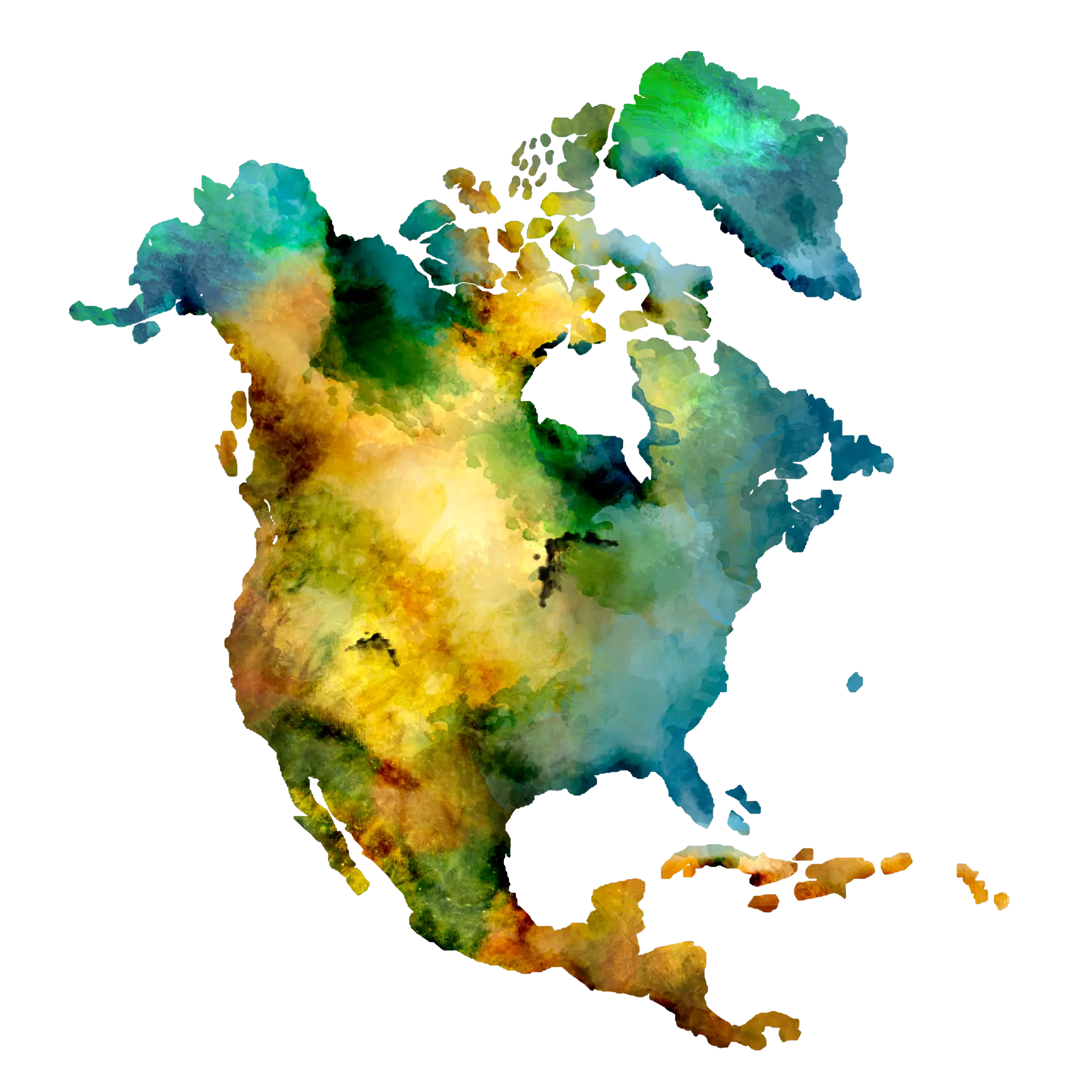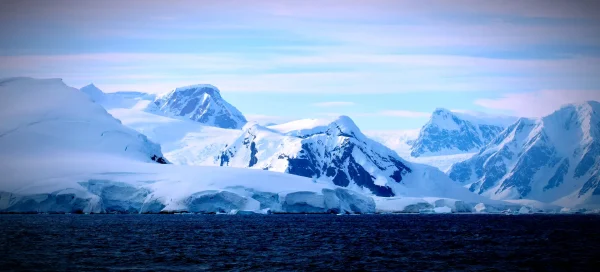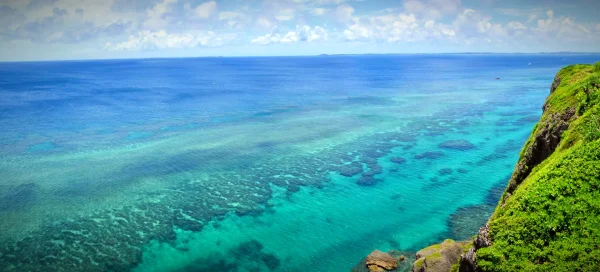Overview
Barrow’s goldeneye (Bucephala islandica) is a medium-sized diving duck native to North America and Iceland, renowned for its striking plumage and bright golden-yellow eyes. Males are especially distinctive, with black and white markings and an iridescent purplish-black head, while females have a brown head and grayish body. This species inhabits freshwater lakes, rivers, and wetlands during the breeding season and moves to coastal waters in winter. Barrow’s goldeneye is a skilled diver, feeding primarily on aquatic invertebrates and small fish, and is known for its elaborate courtship displays.
The species gets its name from Sir John Barrow, an English geographer and Arctic explorer. Barrow’s goldeneye is typically found in remote and pristine habitats, often nesting in tree cavities or artificial nest boxes provided by conservationists. Its migratory behavior varies depending on location, with Iceland’s population remaining year-round while North American populations migrate to coastal areas. Though less common than the closely related common goldeneye (Bucephala clangula), Barrow’s goldeneye plays an important role in aquatic ecosystems as predator and prey.
Despite its relatively stable population, Barrow’s goldeneye faces threats such as habitat loss, water pollution, and climate change, which can impact its breeding and wintering grounds. Conservation efforts focus on protecting freshwater habitats and providing nesting sites to support population stability. The species is classified as Least Concern on the IUCN Red List. However, due to its specialized habitat requirements and restricted breeding range, it remains a species of interest for monitoring.
Taxonomy
Kingdom
Phylum
Class
Order
Family
Genus
Species
Type
Current distribution:
Barrow's goldeneye has a restricted breeding range, with populations in western North America, eastern Canada, and Iceland. In North America, breeding occurs primarily in Alaska, western Canada, and the Rocky Mountain regions of the United States, with small populations in eastern Canada. The Icelandic population is geographically isolated and remains resident year-round, while North American populations migrate to coastal areas in the United States and Canada during winter.
Wintering grounds include North America's Pacific and Atlantic coasts, from Alaska to California and Newfoundland to Maine, as well as large inland lakes and rivers. Coastal populations are often seen in sheltered bays, estuaries, and tidal inlets. Though their global population is stable, the species is relatively uncommon compared to the closely related common goldeneye. Monitoring and conservation efforts focus on protecting key breeding and wintering habitats to ensure their continued survival.
Physical Description:
Male Barrow’s goldeneyes are striking, with a glossy purplish-black head and a crescent-shaped white patch between the eye and the base of the beak. Their body is predominantly white with black on the back, wings, and tail, and their bright golden-yellow eyes stand out against the dark head. Females are more subdued, with a chocolate-brown head, a grayish body, and a yellow-tipped black bill. Both sexes have short, stubby tails and strong legs placed far back on the body, an adaptation for efficient diving.
Juveniles resemble adult females but have duller plumage and lack the yellow-tipped bill of mature females. The species is compact and streamlined, with a rounded head and a robust, slightly sloping bill that aids underwater foraging. Males are slightly larger than females, but there is no significant sexual dimorphism in overall size. Their rapid wingbeats and distinctive white wing patches make them easily recognizable during flight.

Lifespan: Wild: ~10 Years || Captivity: ~20 Years

Weight: Male: 1.8–2.4 lbs (0.8–1.1 kg) || Female: 1.6–2.2 lbs (0.7–1 kg)

Length: Male: 17–19 in (43–48 cm) || Female: 16–18 in (41–46 cm)

Wingspan: Male & Female: 29–31 in (74–79 cm)

Top Speed: 40 mph (64 km/h)
Characteristic:
Native Habitat:
Barrow’s goldeneye inhabits cold freshwater lakes, ponds, and rivers during breeding, particularly in forested regions or subalpine zones. Their primary breeding range includes parts of western North America, such as Alaska, British Columbia, the Rocky Mountains, and Iceland, where they are the only goldeneye species breeding. They prefer habitats with clear water and abundant aquatic vegetation, which provide food and suitable nesting sites. Nesting typically occurs in tree cavities near water, though they will also use rock crevices or artificial nest boxes.
In winter, Barrow’s goldeneye migrates to coastal waters, including estuaries, bays, and sheltered marine environments, where they can find abundant prey. They are also found in large inland lakes and rivers that remain ice-free during the colder months. Their reliance on high-quality aquatic habitats makes them sensitive to water quality and availability changes. Wetlands and riparian zones are particularly important for breeding and foraging, highlighting the need for habitat conservation.
Climate Zones:
WWF Biomes:
Biogeographical Realms:
Continents:
Countries:
Diet:
Diet & Feeding Habits:
Barrow’s goldeneye is a carnivorous duck whose diet primarily consists of aquatic invertebrates such as insects, crustaceans, and mollusks. During the breeding season, they forage in shallow freshwater habitats, diving underwater to capture prey from the substrate or vegetation. Small fish, fish eggs, and amphibians may also be consumed, especially during periods of high energy demand. Plant material such as seeds and aquatic vegetation occasionally supplements their diet but is less common.
In coastal wintering habitats, the Barrow’s goldeneyer diet shifts to marine invertebrates like clams, mussels, and worms. They are highly adapted to diving, using their powerful legs to propel themselves underwater for food. Feeding typically occurs during daylight hours, and individuals can dive for up to 20 seconds at a time, often in deeper waters than other waterfowl species. This flexibility in diet and foraging behavior allows Barrow’s goldeneye to thrive in diverse aquatic environments.
Mating Behavior:
Mating Description:
Barrow’s goldeneye is a monogamous species, with pairs forming during winter and remaining together throughout the breeding season. Courtship displays are elaborate, with males performing dramatic head-throwing movements, wing flapping, and distinctive vocalizations to attract females. Males also compete with each other through aggressive posturing and chasing behaviors to secure a mate. Once paired, the female selects a nesting site, typically in a tree cavity or rock crevice near water.
The female lays 6–12 pale greenish eggs, which she incubates for about 28–32 days while the male leaves the nesting area. After hatching, the precocial ducklings leave the nest within a day and are led to water by the female, who cares for them until they fledge at 8–9 weeks old. Juveniles remain in sibling groups after fledging and often return to the same breeding grounds as adults. Breeding success is closely tied to the availability of suitable nesting sites and undisturbed habitats.
Reproduction Season:
Birth Type:
Pregnancy Duration:
Female Name:
Male Name:
Baby Name:
Social Structure Description:
Barrow’s goldeneye is a social species outside the breeding season. During migration and winter, it often forms flocks of up to several hundred individuals. These flocks provide safety in numbers, reducing predation risk and allowing for cooperative foraging. During the breeding season, pairs become territorial, with males defending nesting sites and females focusing on incubation and rearing ducklings.
Communication within flocks includes vocalizations such as whistles, grunts, and soft quacks, which help coordinate group movements and warn of danger. In winter, they may share feeding areas with other diving duck species in shared feeding areas, such as common goldeneyes and buffleheads. The strong pair bonds formed during courtship contribute to the species’ monogamous mating system and successful reproduction.
Groups:
Conservation Status:
Population Trend:
Barrow’s goldeneye has a stable global population of 200,000–300,000 individuals. Most of the population is in North America, with smaller, geographically isolated populations in Iceland and eastern Canada. Breeding populations in western North America are the largest and most stable, while Icelandic populations are smaller but relatively secure. Wintering populations are concentrated along the Pacific and Atlantic coasts, with some inland populations in ice-free lakes and rivers.
Some local declines have been attributed to habitat loss, pollution, and competition for nesting sites with invasive species like European starlings. However, the overall population trend is stable due to conservation measures such as habitat protection and the provision of artificial nest boxes. Monitoring efforts focus on maintaining healthy populations in key breeding and wintering areas and mitigating threats from human activity and environmental changes.
Population Threats:
Barrow’s goldeneye faces several threats, including habitat loss due to deforestation, wetland drainage, and urban development, which reduce the availability of nesting sites and breeding grounds. Competition for tree cavities with species such as common goldeneyes, European starlings, and woodpeckers can also limit reproductive success. Water pollution, including oil spills and agricultural runoff, degrades aquatic habitats and affects food availability.
Climate change poses a long-term threat by altering the timing and availability of breeding habitats and reducing the extent of ice-free wintering areas. Coastal populations are particularly vulnerable to habitat disturbances caused by human activities, such as recreational boating and fishing. Despite these challenges, the species’ adaptability and conservation efforts, such as nest box programs, have helped mitigate some of these threats.
Conservation Efforts:
Conservation efforts for Barrow’s goldeneye focus on protecting freshwater and coastal habitats critical for breeding and wintering. Providing artificial nest boxes in areas with limited natural tree cavities has supported breeding populations. Protected areas, such as national parks and wildlife reserves, play a key role in safeguarding important habitats and reducing human disturbances.
Research and monitoring programs track population trends, migratory patterns, and habitat use to inform management strategies. Efforts to improve water quality, reduce pollution, and maintain wetland ecosystems benefit Barrow’s goldeneye and other aquatic species. Public awareness campaigns promote coexistence and the importance of preserving habitats for waterfowl. Continued collaboration between governments, conservation organizations, and local communities is essential for ensuring the long-term survival of this species.
Additional Resources:
Fun Facts
- Barrow’s goldeneye gets its name from Sir John Barrow, an Arctic explorer.
- It is one of the few ducks capable of diving to depths of up to 20 feet (6 meters) to forage for food.
- Males display elaborate courtship displays, including dramatic head throws and wing flapping.
- The species is closely related to the common goldeneye but can be distinguished by the crescent-shaped white patch on the male’s face.
- Barrow’s goldeneye is the only goldeneye species that breeds in Iceland.
- Its wingbeats produce a distinctive whistling sound in flight, similar to the common goldeneye.
- Ducklings are highly precocial, leaving the nest within 24 hours of hatching.
- They can hybridize with common goldeneyes in areas where their ranges overlap.
- Barrow’s goldeneye relies on pristine freshwater habitats for breeding, making it an indicator of water quality.
- Artificial nest boxes have greatly increased their breeding success in areas with limited natural nesting sites.






















































































